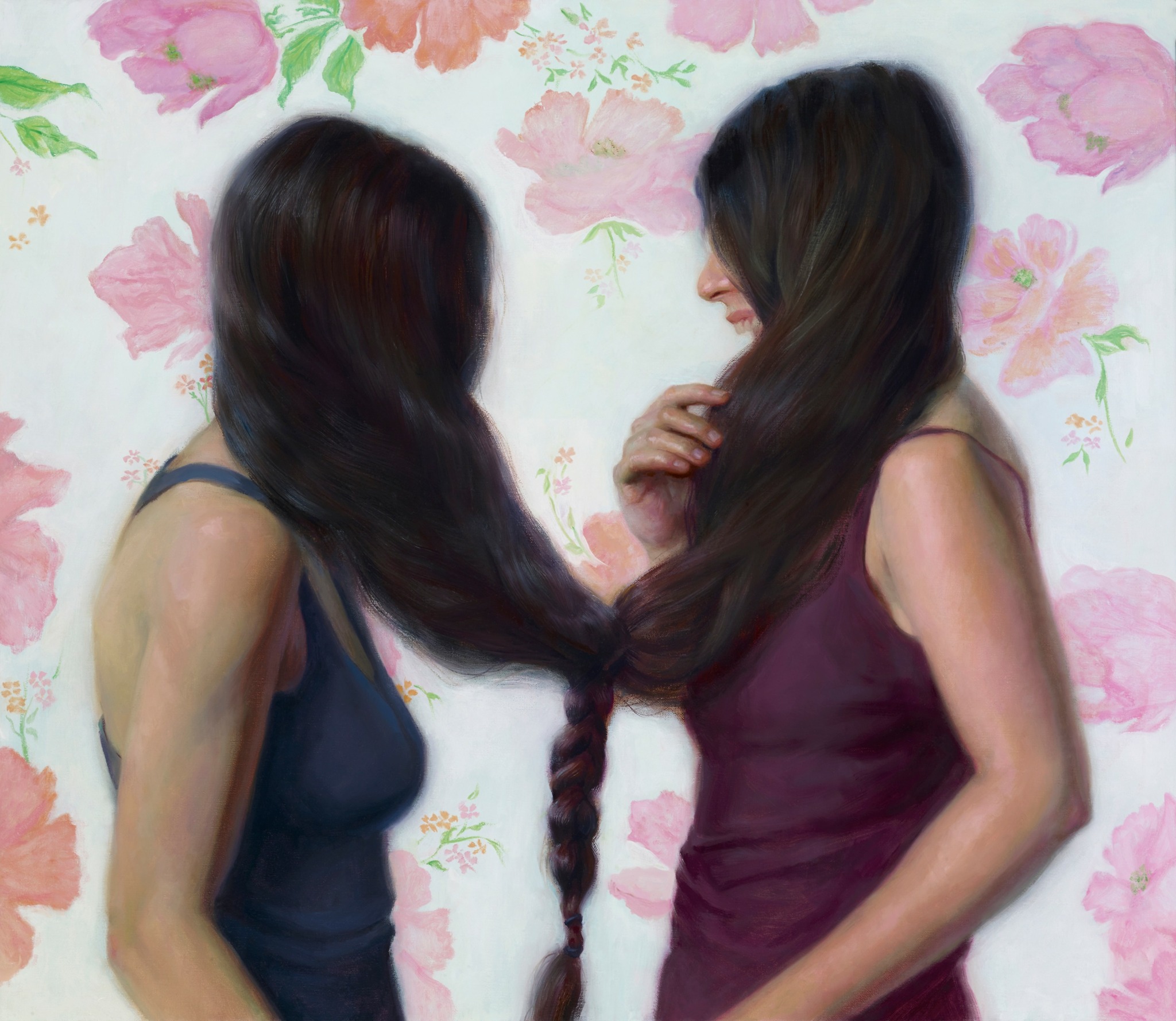We were lucky to catch up with Manu Saluja recently and have shared our conversation below.
Manu, appreciate you joining us today. We’d love to hear the backstory behind a risk you’ve taken – whether big or small, walk us through what it was like and how it ultimately turned out.
What felt like a big risk to me was stepping out of my comfort zone as a figurative portrait painter and giving myself permission to explore entirely new ways of applying paint. I had, of course, enjoyed exploring new themes and strategies while painting portraits in my 20 plus years as an artist, but making a complete departure from the familiar towards new visual discoveries felt terrifying!
What made it scary was that I identified myself as a painter who creates classically rendered, large-scale portraits. From age 11, I had admired compositions by Raphael and Michelangelo and aspired to draw and paint the human form with such artistry. As an art student in 1994, I had dedicated more than 9 years honing skills in gesture, proportion, anatomy, color and flesh tones and returned to a graduate school for figurative realism for my MFA in painting.
And so for me, one of my biggest risks came in 2014, when the work I wanted to create had nothing to do with the human form. I started painting canvases of chipped, cracked, oxidized steel girders and rusted over tiles found in the New York City subway. What inspired this shift was my experience commuting over an hour with my daughters from Queens to the Upper East Side and back for their school, I started having claustrophobia, and felt relief seeing these steel girders and tiled walls once off the train. Knowing I could focus on seeing familiar landmarks each day allowed me to steady myself. After a while, I had the uncontrollable urge to paint them. I’ll never forget starting the first small 14×14 inch painting in my studio – there were no set rules – it was very freeing. I’ve made several since then. It has yielded very meaningful pieces that are deeply personal. I had a solo show in 2016 and, to my surprise, they have since all sold. I continued to chart unexplored territory within the themes of this work. It has also circled back to inform my figurative pieces as well.
I think artists, at times, get comfortable with methods and strategies that work for us, especially if there has been commercial success. I remember talking to a fellow artist in graduate school with a background in abstraction and, for her, diving into figurative work was much scarier. For me, it was the exact opposite. I had built up all this skill and knowledge and was terrified to do a painting that let go of some of the constructs I had enjoyed. These time honored traditions are still extraordinarily valuable to me and I wholeheartedly teach them to my students. But while the foundation is being laid, it’s incredibly important not to lose touch with your unique vision, to honor your inner voice and have courage to try out new ideas.
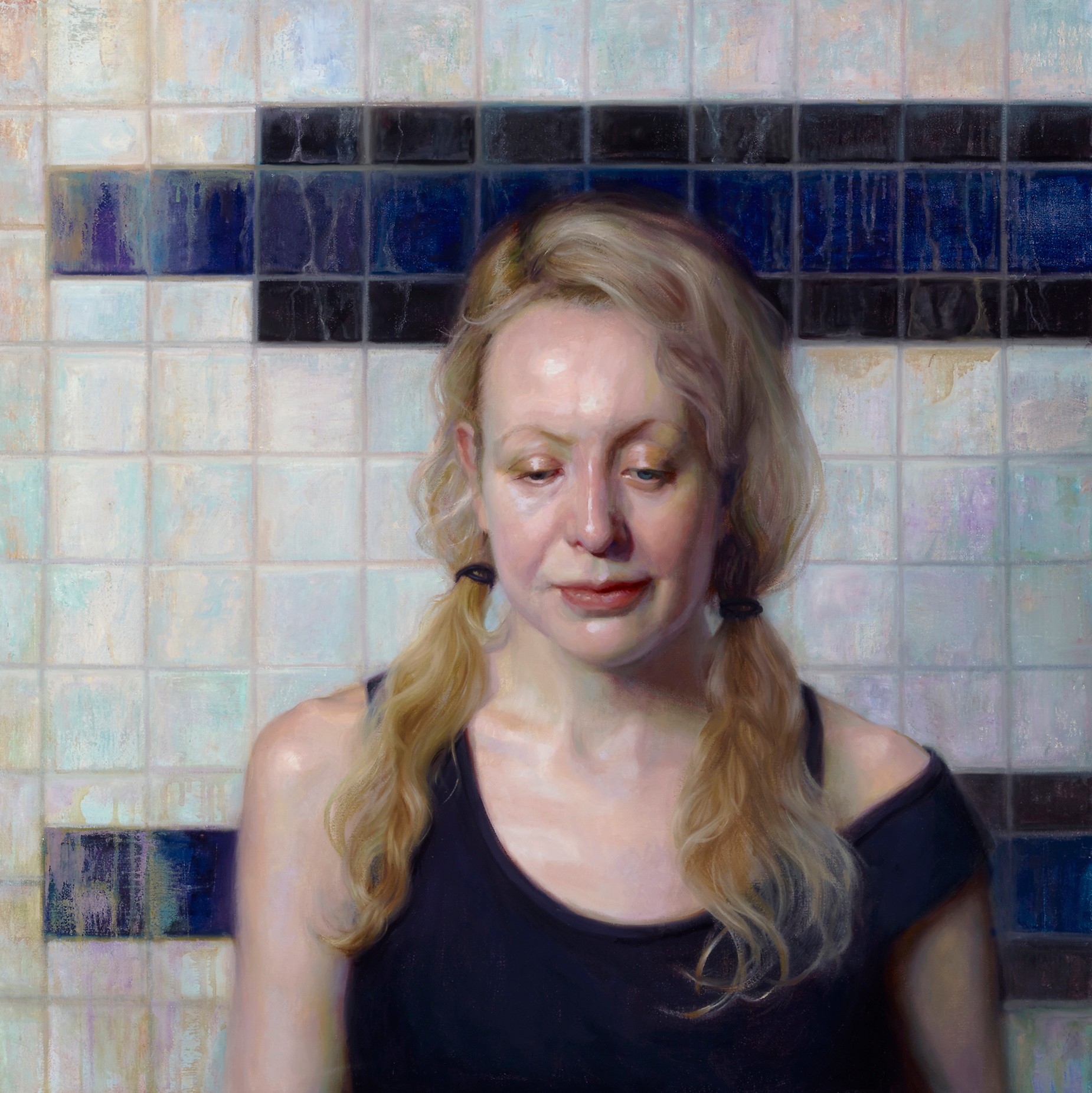
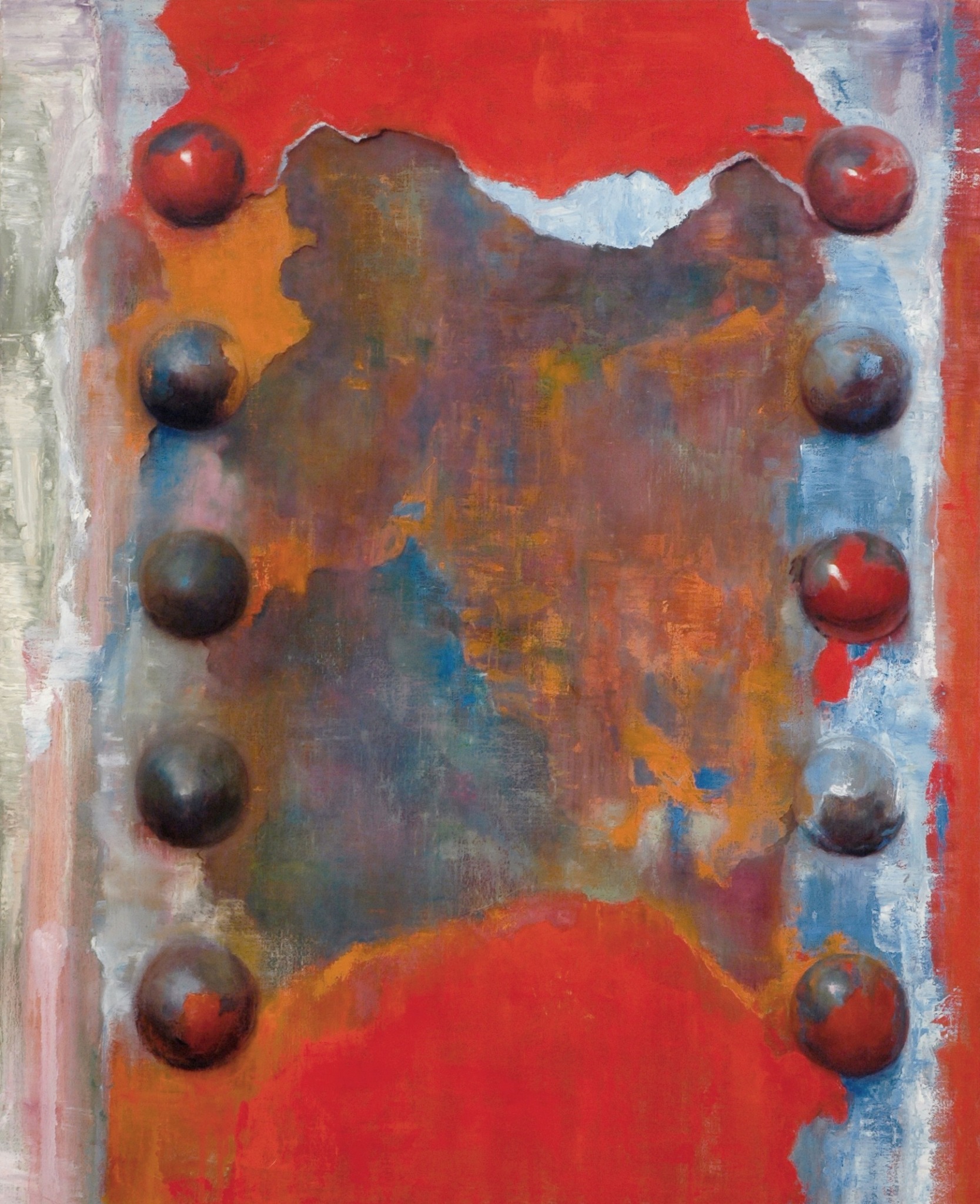
Manu, before we move on to more of these sorts of questions, can you take some time to bring our readers up to speed on you and what you do?
After graduating from the New York Academy of Art with an MFA in painting in 2013 I wanted to create visually dynamic works that elicit intriguing questions from viewers. I explore themes of cultural identity, familial bonds, femininity, and fragility mostly through the genre of portraiture and figurative realism. Many of the paintings are of women in my life, diverse in age and lived experiences. They are often placed in ethereal, abstracted environments inspired by my childhood memories and spaces in and around my native city of New York. These environments (the same corroded steel girders, soiled tiles, and cracked or papered walls) are, at times, the sole subject of my work. At the end of the day, painting is a visual phenomena. There’s the magical way color, tone, shape, edge and line can be placed on a canvas to grab you, move you, and make you not want to look away. I’m proud to have exhibited my paintings in group and solo shows since 2014 and that my work has found its place on the walls of my clients homes.
I enjoy balancing studio time with teaching as well. I’m an Adjunct Professor of Painting at the New York Academy of Art in Tribeca, and have recorded high quality painting tutorials available on their website (www.academyeverywhere.com). I also teach at the S.U.N.Y. Fashion Institute of Technology.


Can you tell us about a time you’ve had to pivot?
I got my start as a professional artist painting commissioned oil portraits around 1997 after graduating from the School of Visual Arts. I loved the work and aspired to be represented by a portrait agency. However, the commissions I was getting were from my cultural community of Indian Punjabi Sikhs, and agencies really wanted to see a portfolio that would appeal to a more homogeneous American clientele. All my attempts to satisfy the agencies left me feeling like I was trying to fit a square peg in a round hole. By 2008, these experiences solidified my goal to embrace creating works that share diverse cultures and authentic personal narratives.
I found that by following my gut, and pivoting towards making paintings I felt a genuine connection to, doors began opening up to incredible experiences as an artist. I created a large-scale historical portrait of the revered Sikh Emperor Ranjit Singh which was exhibited at the Royal Ontario Museum in Toronto in 2010. In 2019 I won the BP Portrait Travel Award and created a body of work celebrating Sikh customs through portraiture. The resulting work was exhibited at the National Portrait Gallery in London. My most recent commissioned work in 2023 is a full-length portrait of abolitionist and civil rights activist Sojourner Truth, now permanently hanging in Worcester County Mechanics Hall’s Portrait Gallery. I am proud to celebrate history and culture with my work, and to have had opportunities to make my paintings accessible to the public. While I’m currently focusing on creating my personal contemporary paintings, I still look forward to commissions that commemorate loved ones, celebrate historical giants or contemporary heroes and that represent people from all walks of life.
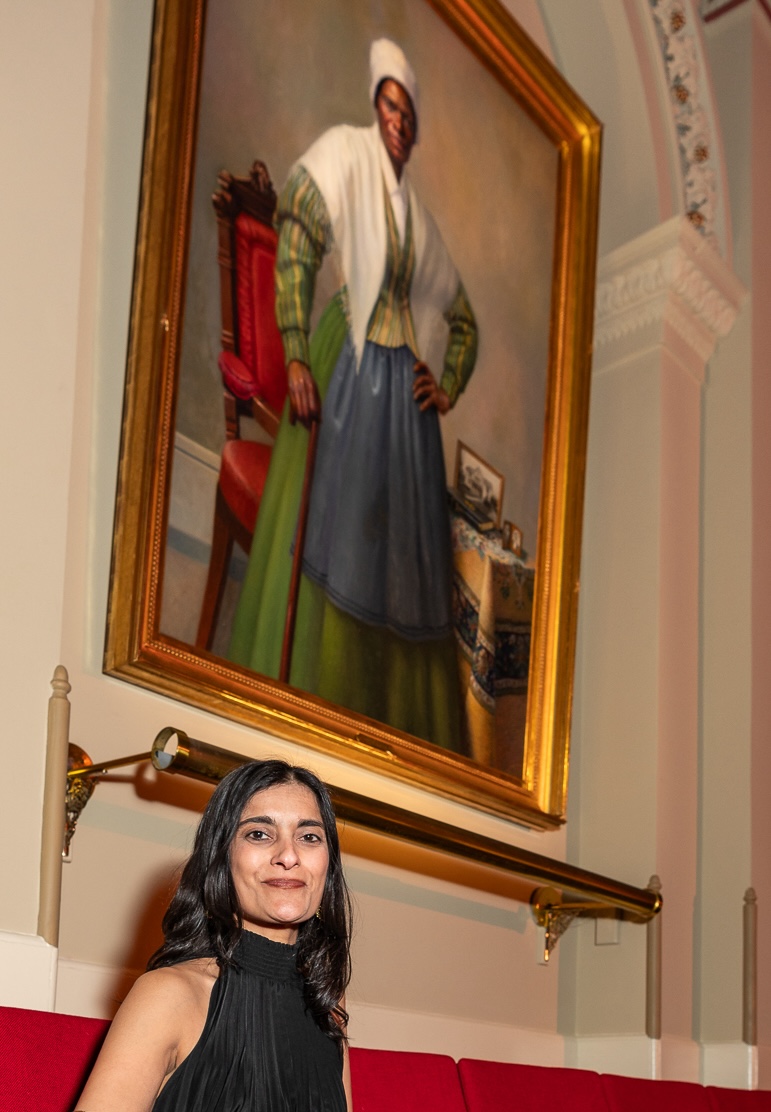
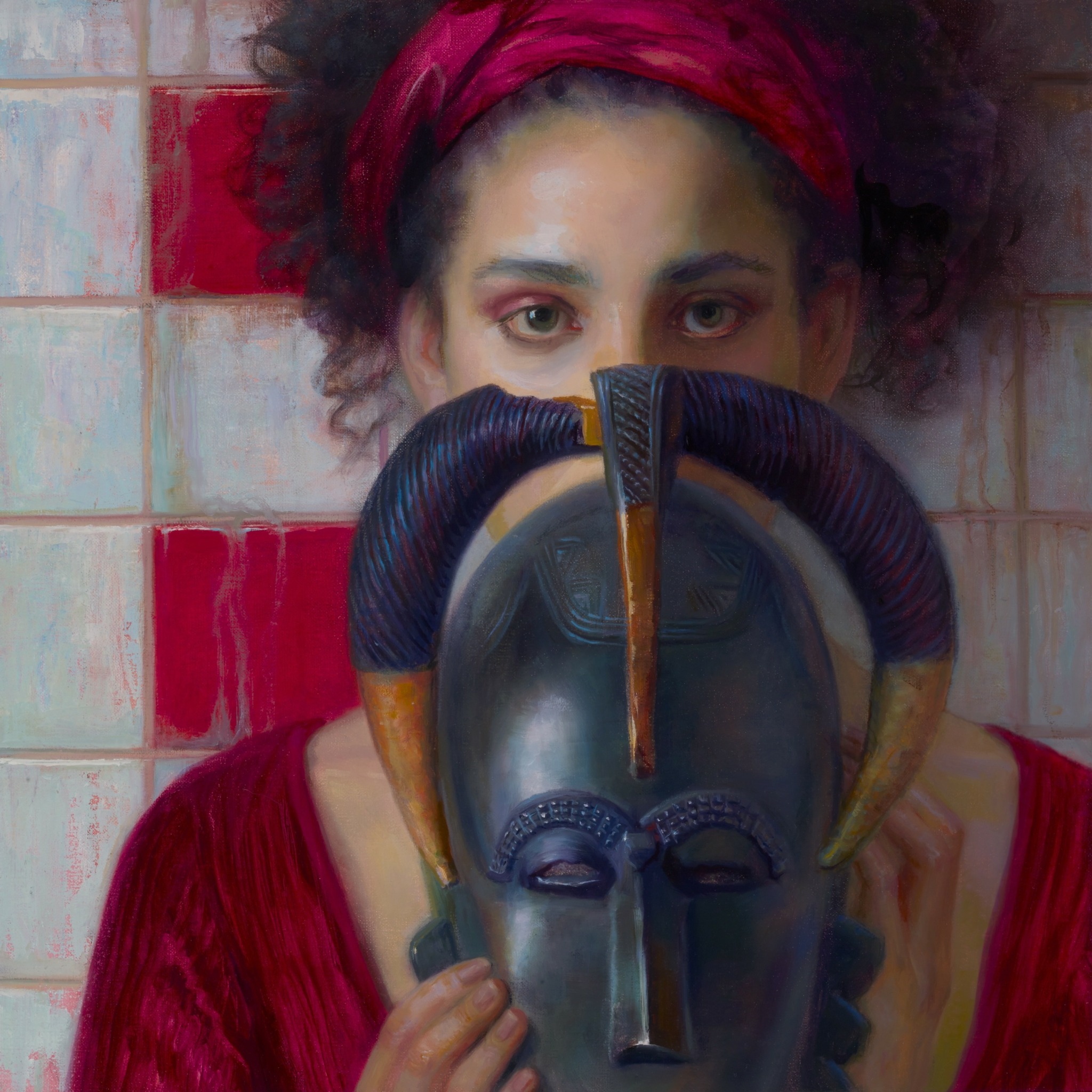
Learning and unlearning are both critical parts of growth – can you share a story of a time when you had to unlearn a lesson?
I had this misconception when I was starting out that if you have to hold down a job while honing skills as a painter, or while toiling away in the studio, or getting work into galleries, that it means you are not a “real” artist. As a woman painter in the 1990’s, I was also told by instructors that having a family would make me a mediocre artist and destroy my chances of success.
When I look back over my 20 plus years as a professional artist, I can now say (with evidence to back it up) that the time spent raising my daughters, working those odd jobs and teaching hundreds of students has not taken away from my studio practice, or opportunities to create and exhibit work at a high level. For anyone aspiring to be an artist or a creative, it is commitment and perseverance that matters most, and whatever experiences you choose to have in life that sustain you can serve to enrich your perspective and creativity.
Contact Info:
- Website: https://www.manusaluja.com
- Instagram: @manu.saluja
- Facebook: https://www.facebook.com/manusalujafineart/
- Linkedin: Manu Kaur Saluja
- Youtube: @manusaluja
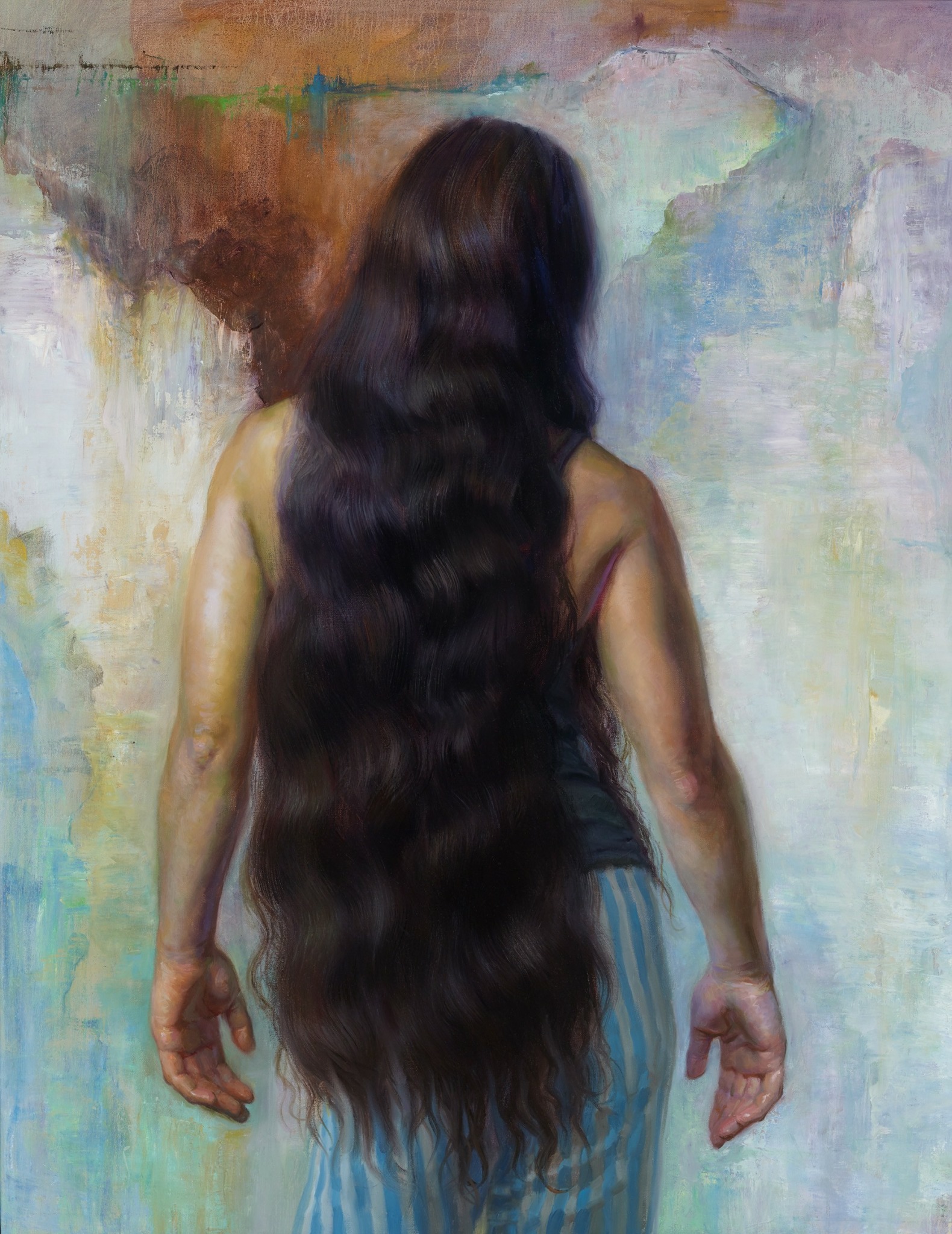
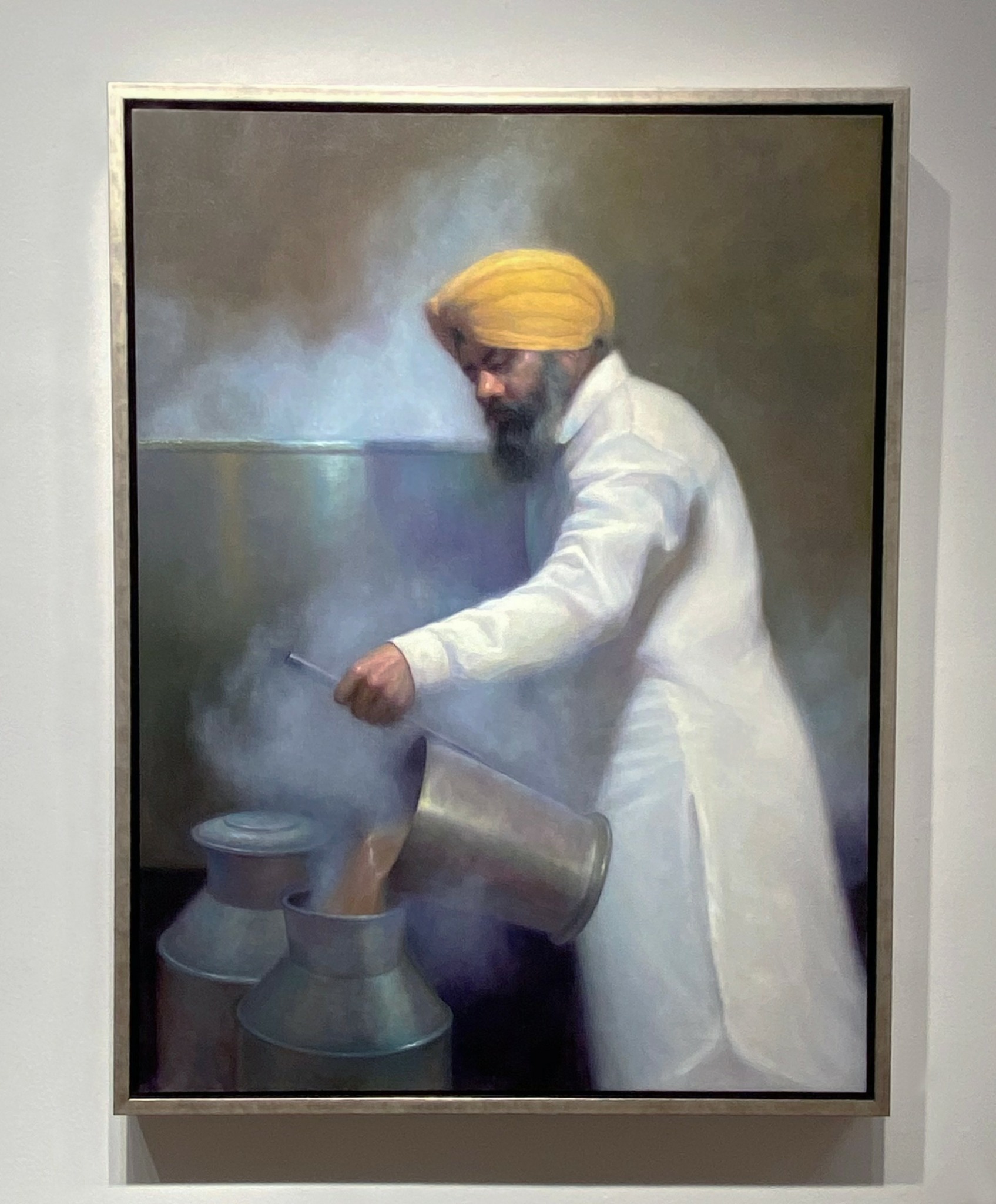
Image Credits
For the image of me with the portrait of Sojourner Truth: Robin Lubbock


